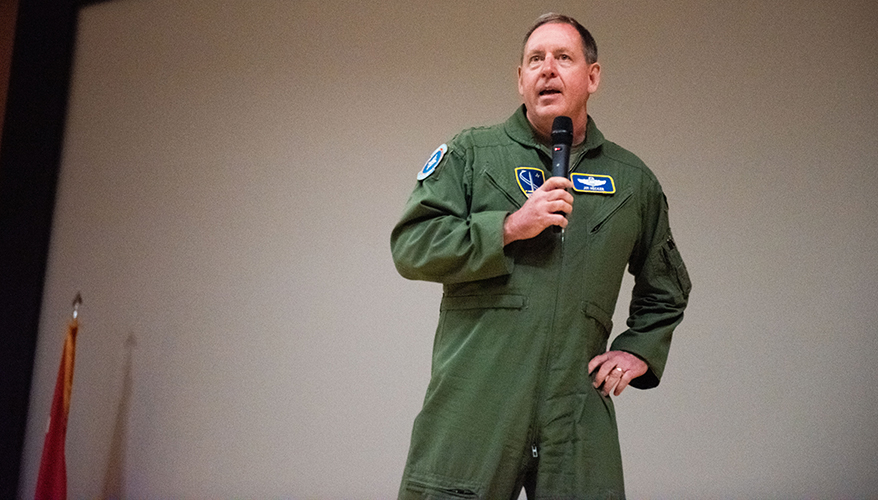- Reaction score
- 8,210
- Points
- 1,160
JUST IN: Anti-Access, Area Denial Top NATO Priority, Official Says
8/18/2023
By Laura Heckmann
Gen. James Hecker
Air Force photo
An inability for either Russia or Ukraine to obtain air superiority in a conflict that has persisted for a year and a half has focused NATO’s top priority on its anti-access and area denial mission, said the leader of U.S. Air Forces in Europe and Africa.
Speaking at a media event Aug. 18, Gen. James Hecker — who also leads Allied Air Command and is the director of the Joint Air Power Competence Centre — said the “largest lesson we’ve learned” from the conflict in Ukraine is “that neither side was able to get air superiority.”
Hecker said a fight like the one in Ukraine has not been seen since World War I, “where you have two folks … toe to toe, throwing 155 [millimeter] rounds at one another — indiscriminately in some cases — hitting hospitals, hitting schools, a lot of casualties back and forth.”
As more sophisticated weapons entered the war on both sides, neither was able to obtain air superiority because both had “very good integrated air and missile defense systems,” Hecker said. “That alone is what has prevented air superiority.
“So, that’s my number one priority throughout NATO on the air side,” he said. Hecker is responsible for the air and missile defense of the 31 NATO alliance member nations, and said the anti-access and area denial mission has drawn “a lot of effort on improving our skills and using all of the allies to do that.”
Listing out four more priorities, the conflict in Ukraine has informed them all, Hecker said. Number two is “knowing how Russia is going to fight when they can’t get air superiority,” using weapons such as one-way attack drones and cruise missiles.
“We need to make sure that we in NATO have a good integrated air and missile defense system,” he said. “So, we are really trying to improve our capability there because we know that that’s what we’re going to need to protect ourselves.”
Hecker’s third priority was one “to make us all better,” he said — information sharing. “It’s amazing what you can do if you share information amongst your allies,” he said. “And how much better and capable you make each other, really at zero cost.”
Priority number four is the concept of Agile Combat Employment, better known as ACE, he said. The goal of Agile Combat Employment is to develop a hub-and-spoke network of small bases and facilities so if one gets hit, the losses are small.
Hecker said as a rule, aircraft and high value equipment are dispersed amongst a base “so they don’t just hit one section of the base and they get all your aircraft.”
That’s not good enough now, he said. With more accurate weapons, every single aircraft can be hit, no matter how dispersed. “So, what we have to do now is disperse our aircraft amongst different airfields and potentially even on highways, and these kind of things that Finland brings to the plate, as they recently got in.”
Hecker said the effort will begin with 20 to 25 different airfields in strategic locations around Europe, then working with the allied nations “so that we can get interoperable on different kinds of aircraft.”
Hecker’s final priority was command and control. “How are we going to command and control all these units, especially if they’re taking off and landing at other airfields using the ACE concept?” he said.
“So, those are the five priorities, primarily derived from the lessons of the last year and a half from Ukraine,” he said.
Anti-Access, Area-Denial Top NATO Priority, Official Says
Anti-Access, Area-Denial Top NATO Priority, Official Says


